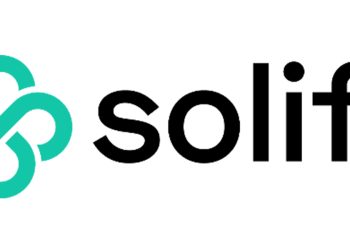Robotic Process Automation (RPA) continues to change the face of modern businesses as it provides companies with a competitive advantage through its ability to automate repetitive tasks.
The best candidates for RPA are those activities with a known workflow, for instance, any highly repeatable tasks or ones that are data-based, like entering information from forms. These types of tasks can be mapped and identified to allow a software robot to be built that will interface with the different applications to enter the data.
Unlike AI, RPA still involves human interaction. The robot does a certain amount of work, but then it has to go to someone to approve the work.
As a result, RPA doesn’t seek to eliminate jobs, but rather its goal is to better utilize employees who do routine jobs by removing repetitive tasks from their day-to-day workload to free up their time to focus on other areas.
“The challenge is everyone thinks RPA will replace their job, so I like to ask, ‘If you didn’t have to fill out that form 20 times a day, what would you rather be doing with your time to actually make a difference and help the company be better?’ RPA gives you the freedom to do that, while providing greater efficiency and differentiating the customer experience,” — Kevin Buckley, Business Automation Executive at Technologent, a global IT Solutions firm
Incorporating RPA into a company provides ROI in less than 12 months, with RPA delivering an average of 20% full-time equivalent (FTE) capacity in the process.
Key Benefits of RPA:
- Better Customer Experience
- Maximizes Operational Efficiency
- Enhances Productivity
- Rapid Deployment & ROI (Compared to Traditional Technologies)
- Minimizes Error Incidents and Bottlenecks
- Maximizes Accuracy and Speed
- Digital Workforce (24/7 Productivity)
- Improves Employee Satisfaction
- Data Gathering to Enable AI & Cognitive Platforms
- Legacy Application Integration
- Unstructured Data Management
How to Successfully Implement RPA into Your Business:
Too many businesses think it is simply about buying a license, installing the RPA and starting.
Implementing RPA into a business’s operations starts with educating employees about what is going on and why. If a company’s culture resists, they will encounter decreased efficiency and a higher ratio of employee turnover.
“It’s important for companies to make sure their people are on board by getting them excited about skipping the mind-numbing work they hate. When employees can’t get to real work—that is what makes good people leave.” – Kevin Buckley
Once the company culture is on board, it’s important that the automation practice is based on the actual challenges a company faces and is scaled to the organization’s needs.
Finally, a quality provider will ensure that a company understands how to manage their RPA initiatives moving forward so that it can help their business grow while providing regular feedback.
Kevin Buckley can speak to the following:
- How RPA works
- How RPA advances employees’ potential
- How RPA increases a business’ revenue
- How RPA basically pays for itself with a quick ROI
- How RPA improves customer interaction
- The steps necessary to implement RPA into operation
About Technologent:
Technologent is a Global Provider of Edge-to-Edge(TM) Information Technology Solutions and Services for Fortune 1000 companies. They help companies outpace the new digital economy by creating IT environments that are fast, flexible, efficient, transparent and secure. Without these characteristics, companies will miss the opportunity to optimally scale. Technologent mobilizes the power of technology to turn vision into reality, enabling a focus on driving innovation, increasing productivity and outperforming the market. Visit www.technologent.com.




